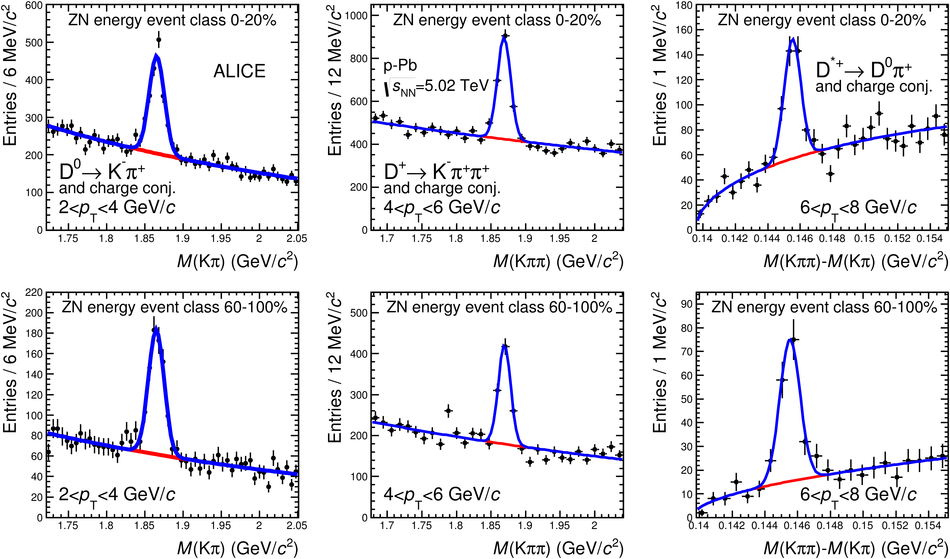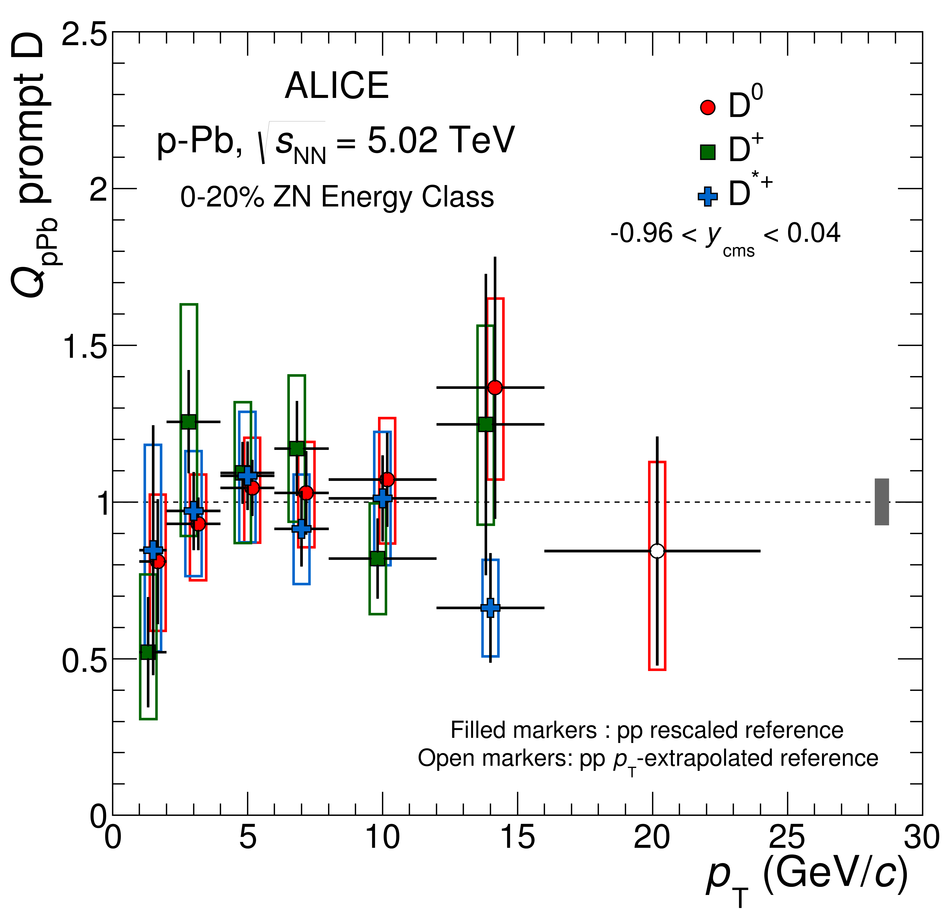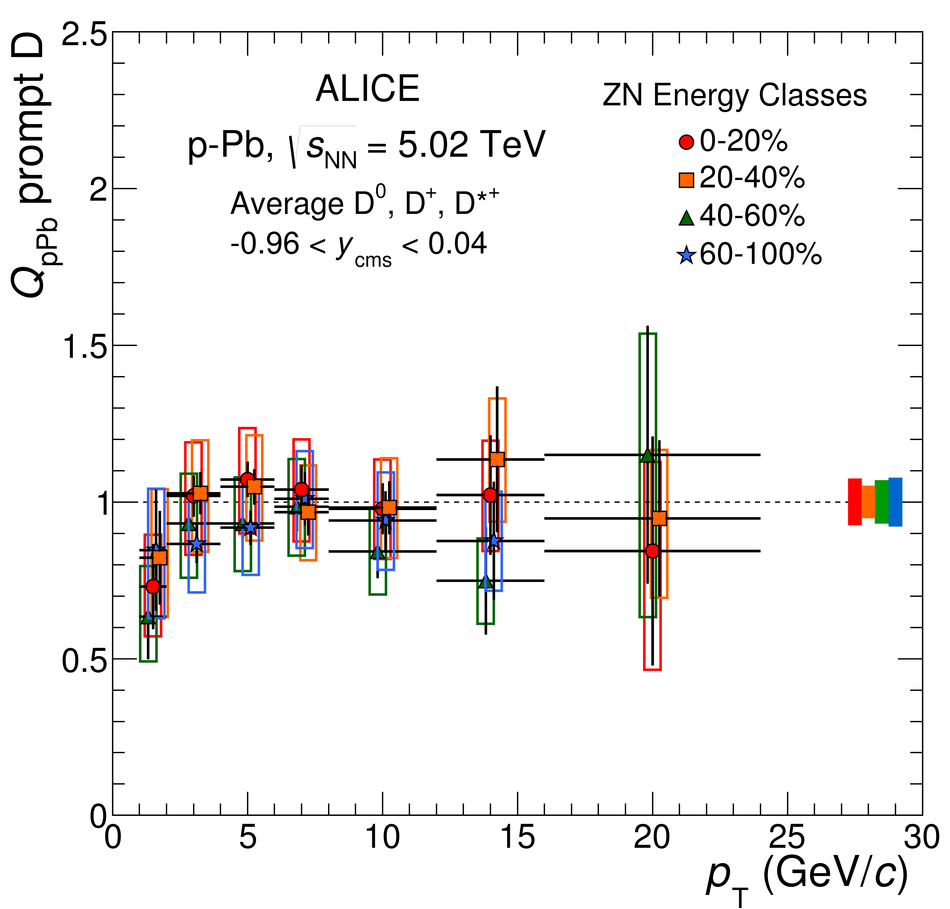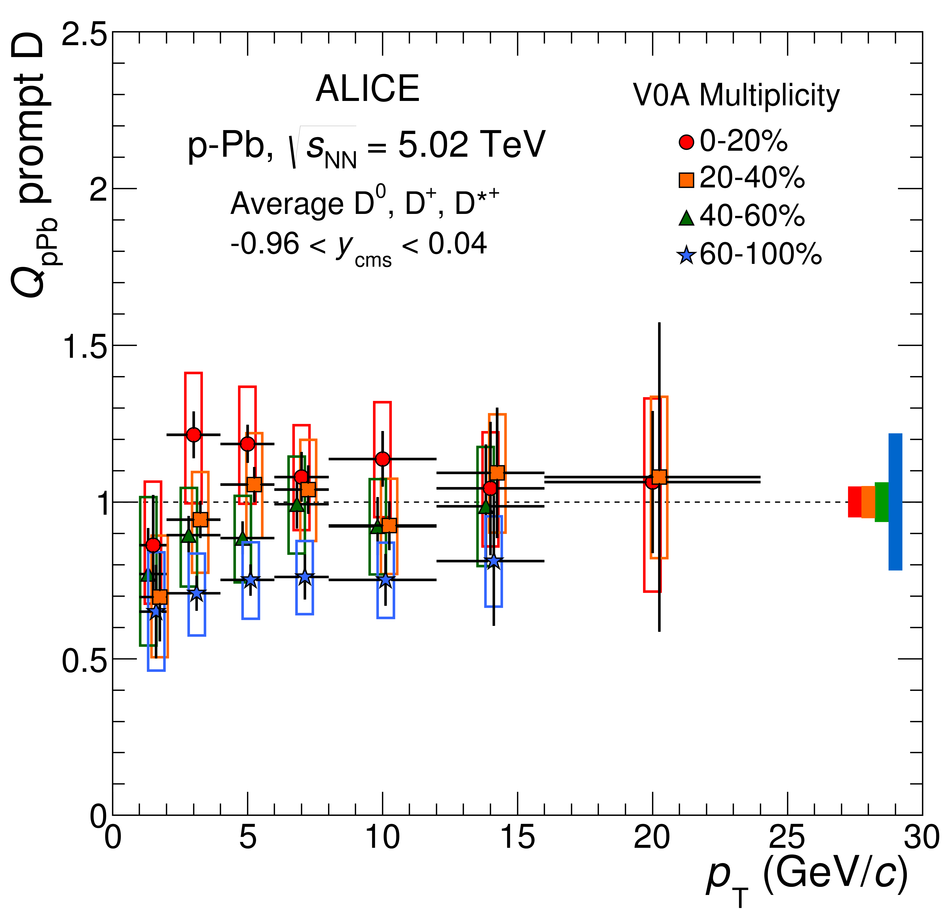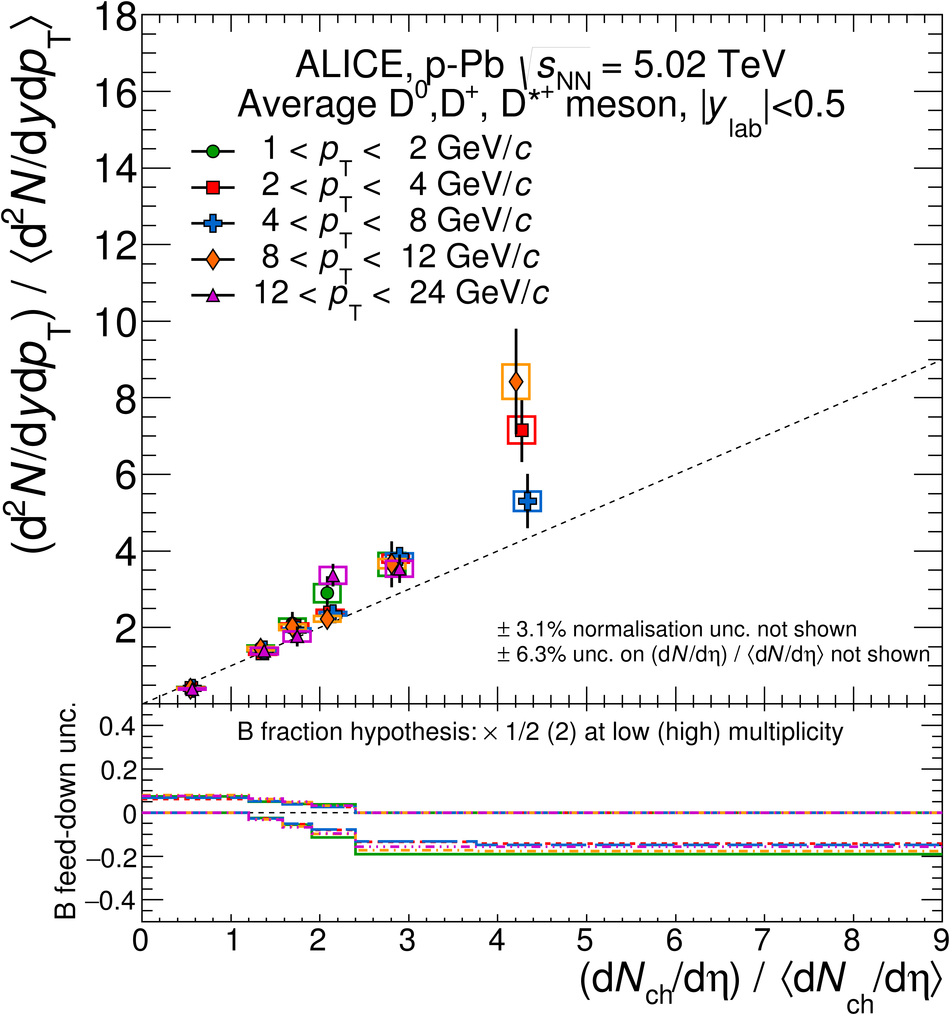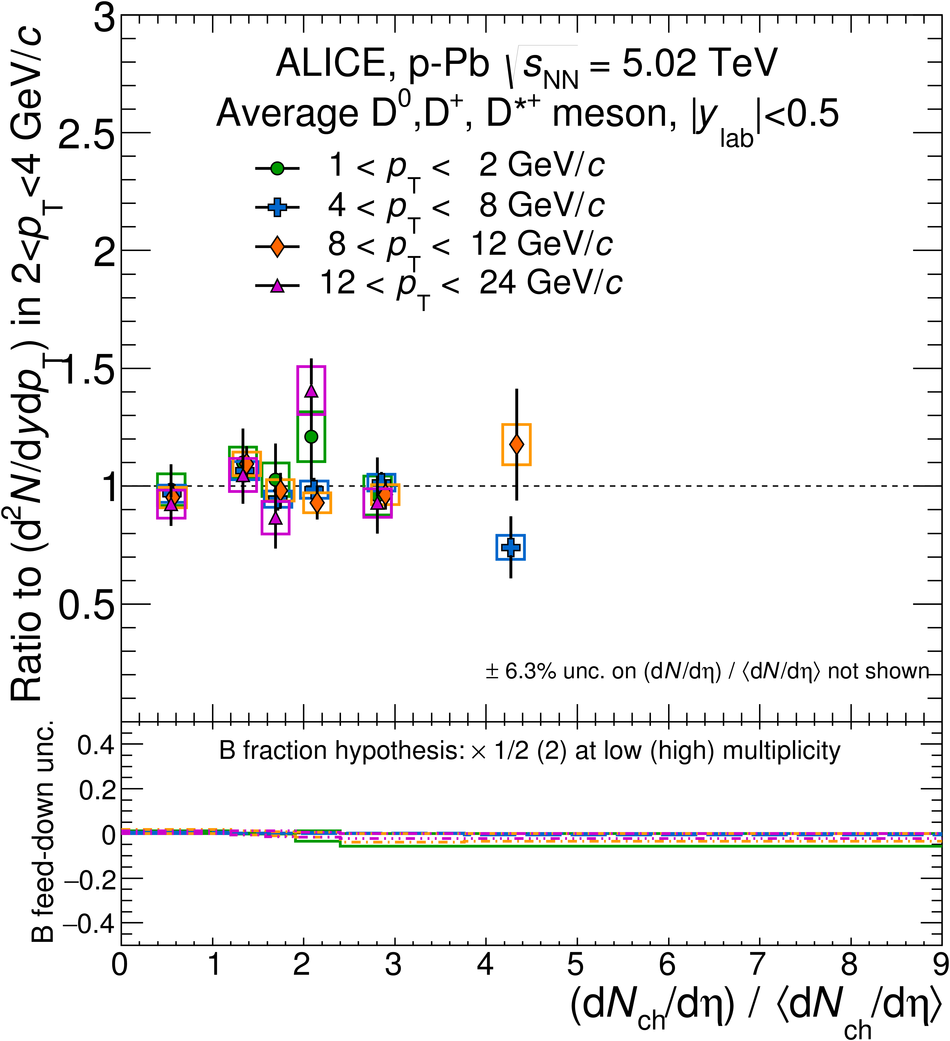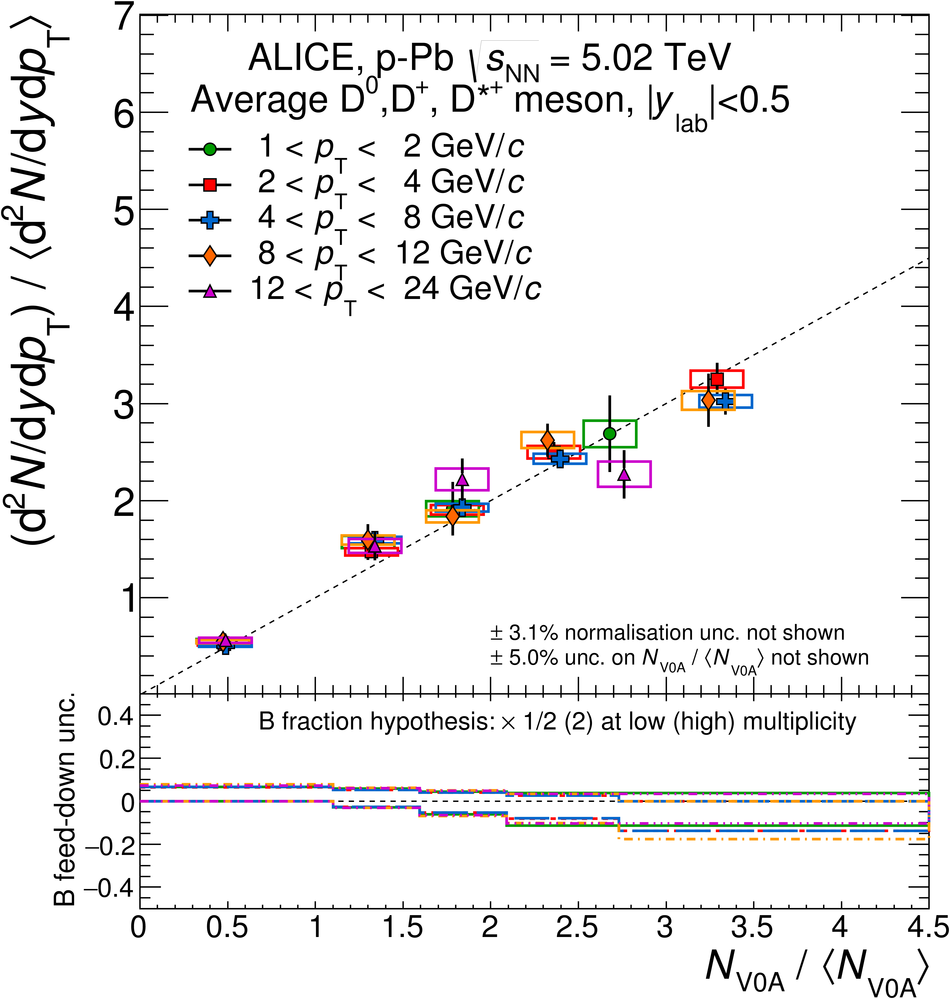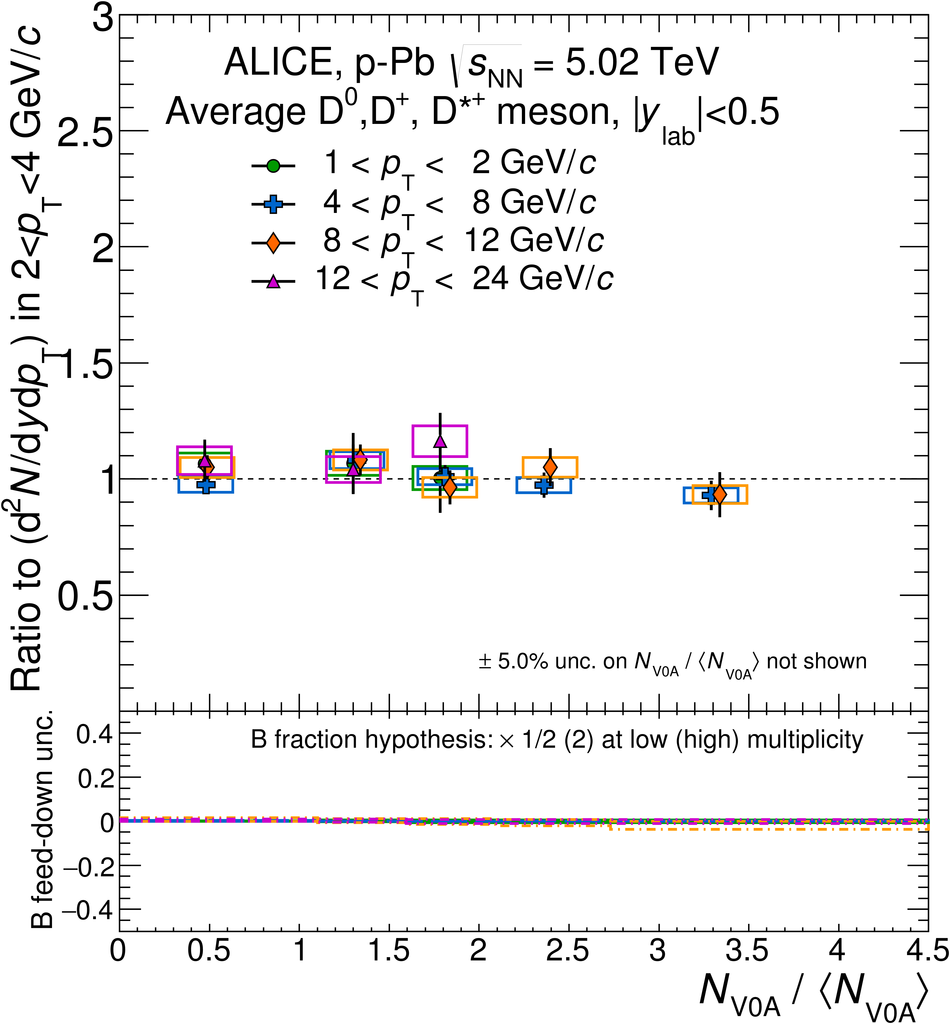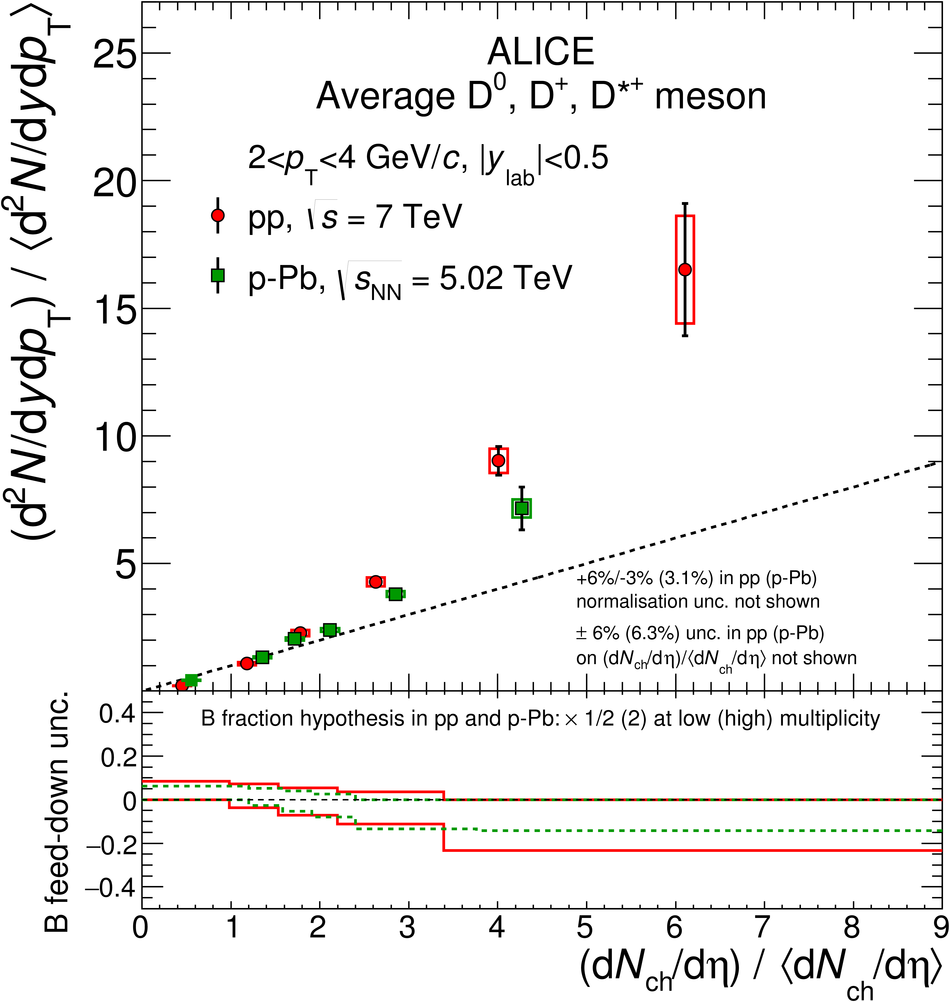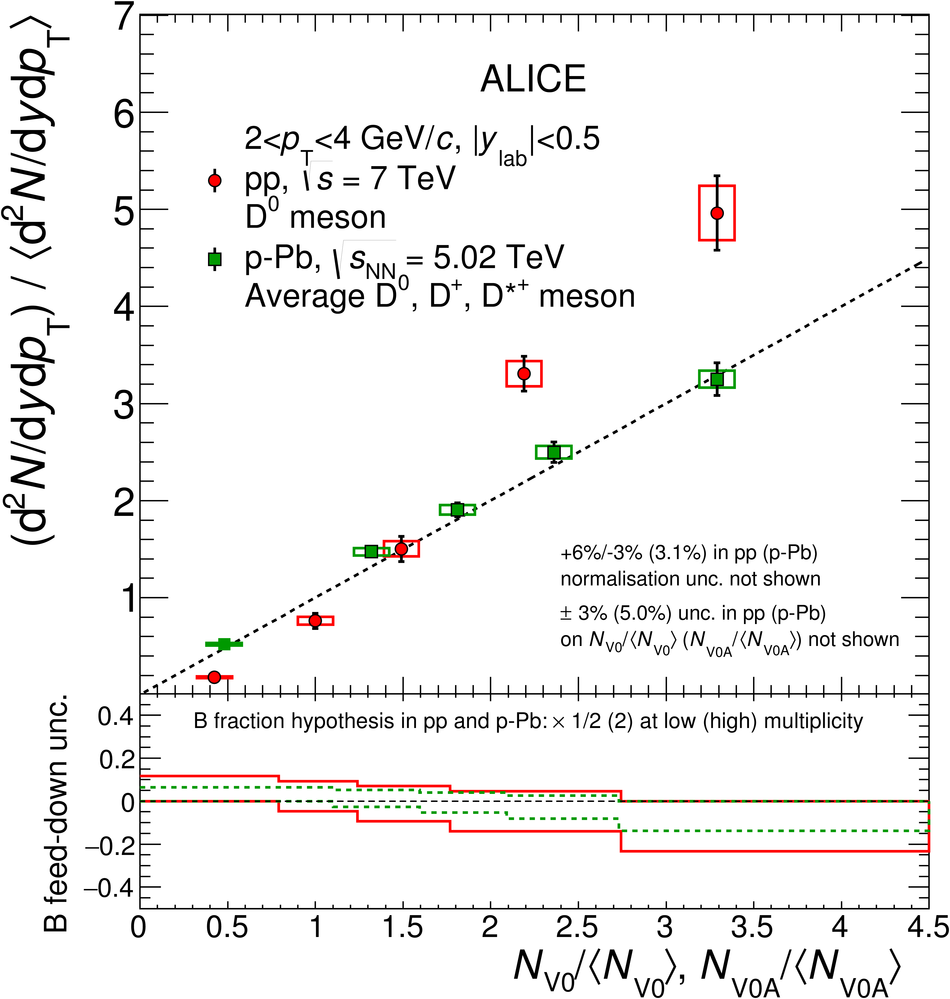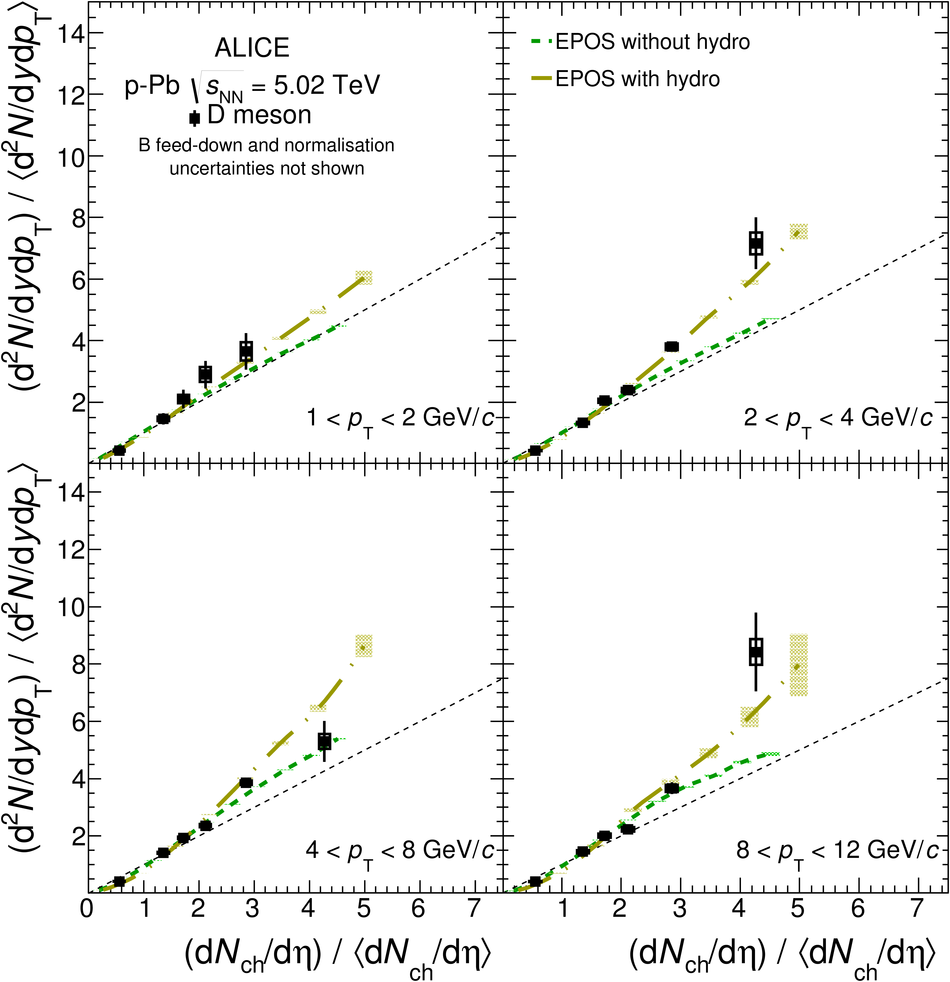The measurement of prompt D-meson production as a function of multiplicity in p-Pb collisions at $\sqrt{s_{\rm NN}}=5.02$ TeV with the ALICE detector at the LHC is reported. D$^0$, D$^+$ and D$^{*+}$ mesons are reconstructed via their hadronic decay channels in the centre-of-mass rapidity range $-0.96<~ y_{\mathrm{cms}}<~0.04$ and transverse momentum interval $1<~p_{\rm T}<~24$ GeV/$c$. The multiplicity dependence of D-meson production is examined by either comparing yields in p-Pb collisions in different event classes, selected based on the multiplicity of produced particles or zero-degree energy, with those in pp collisions, scaled by the number of binary nucleon-nucleon collisions (nuclear modification factor); as well as by evaluating the per-event yields in p-Pb collisions in different multiplicity intervals normalised to the multiplicity-integrated ones (relative yields). The nuclear modification factors for D$^0$, D$^+$ and D$^{*+}$ are consistent with one another. The D-meson nuclear modification factors as a function of the zero-degree energy are consistent with unity within uncertainties in the measured $p_{\rm T}$ regions and event classes. The relative D-meson yields, calculated in various $p_{\rm T}$ intervals, increase as a function of the charged-particle multiplicity. The results are compared with the equivalent pp measurements at $\sqrt{s}=7$ TeV as well as with EPOS~3 calculations.
JHEP 8 (2016) 1-44
HEP Data
e-Print: arXiv:1602.07240 | PDF | inSPIRE
CERN-EP-2016-034

